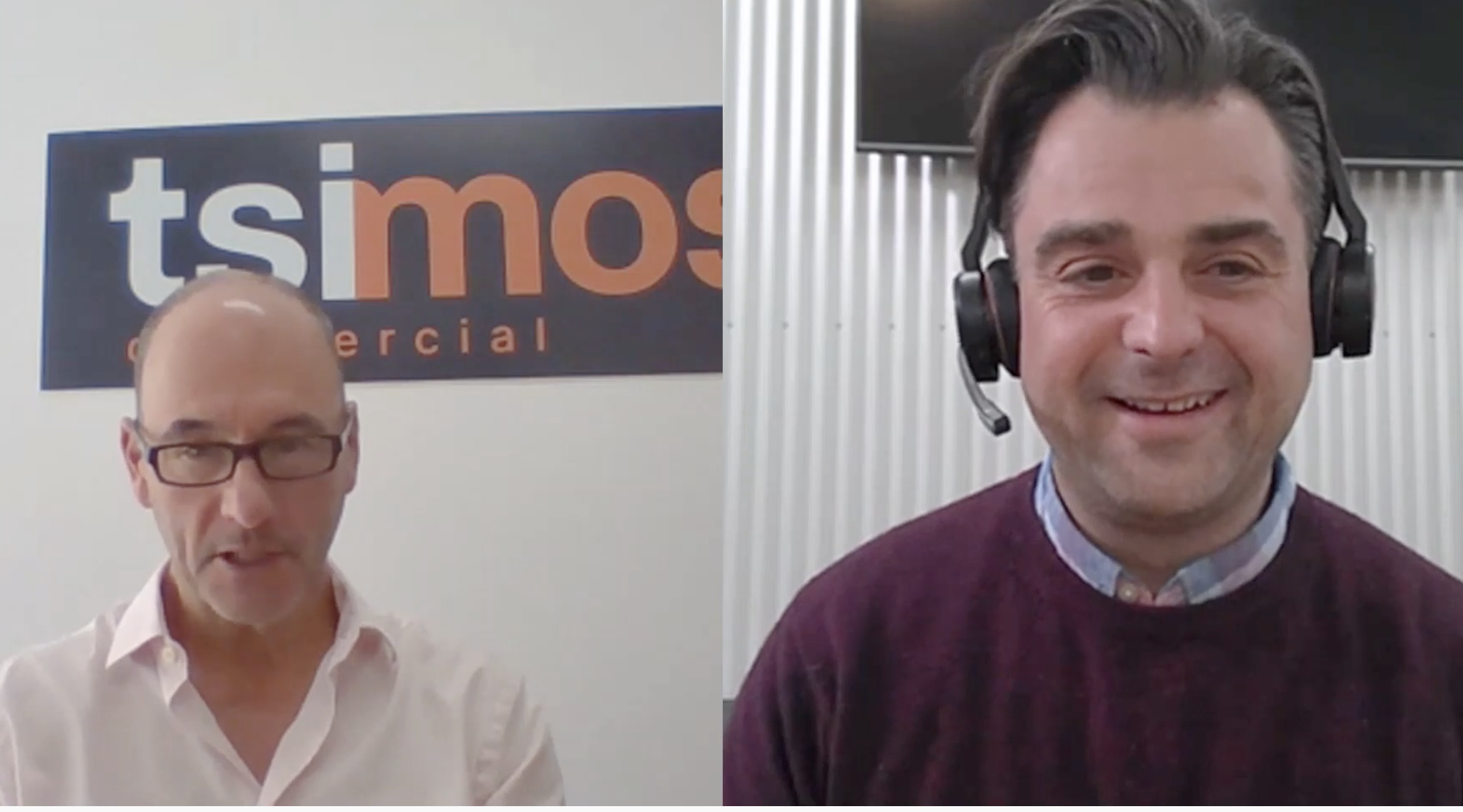Buying your first warehouse - Positioning yourself to Buy.
Positioning yourself to Buy.
The Tsimos Directors have embarked on a new three-part information series to help unpack the process of buying your first warehouse.
Simply put there are three key steps.
When buying your first investment property, or property to put your business in, ‘Positioning yourself to Buy’, means understanding the important things to consider and put in place prior to negotiating a purchase.
So, let’s look at the first step.
The first place to start, Director Steve Tsimos proposes, is to understand the goals behind your purchase i.e. identifying clearly what you wish to achieve. For example, immediate goals may be linked to two types of purchaser motives – the ‘owner occupier’ or the ‘investor’.
If you are trying to house your business, it’s wise to ascertain your true drivers. Are they because you need a bigger premise, or are you relocating your business operations from your home? The related requirements are likely to then be based on the floor space, ceiling height, car parking and whatever else you may need for your business.
For an investor however whose goal is to achieve a better rate of return from where they have their money currently parked, as well as capital growth over a period, positioning yourself to purchase may involve different criteria, such as lease desirability, and a proven industrial location for future appreciation in value and the long term capital gain.
So, in summary it’s important to marry up your short-term goals and long-term investment goals to ensure a property that will improve and grow your business, and which will improve and grow your investment.
The second step? Let’s look at ‘structuring’. What do we mean by this?
Steve Tsimos explains this as ascertaining in which entity it serves you best to purchase the warehouse property – i.e. in a unit trust, in your own name, or in a super fund. The wisdom in this decision will have a consequence in the long term when approaching retirement age.
So Tsimos’s strong opinion is to seek some really good quality financial advice from an accountant or trusted financial advisor, to ensure you have planned for the best tax outcome, based on current tax law, for when you hit retirement. The ultimate aim and goal, therefore, is to put yourself in a position to limit and minimize the amount of tax you need to pay in retirement. Long term planning through your financial advisor’s counsel, will suggest the best way this can work for you. As every individual’s situation is different, sound financial advice as to whether a unit trust, self-managed super fund, or other entities can help ascertain which structure to purchase through will be better for you later in life.
The important thing here is to take the long -term view of investment property ownership.
The third step is then organising your finances, Tsimos advises.
Once you have established the most appropriate structure, he says, you then can get pre- approval for an amount of money you can borrow, from your financial provider, have all that done, and then with your structure set up, your loan approval ready, you are in a much stronger position to negotiate with a vendor because you can purchase your property ‘unconditionally’. A purchase which is ‘subject to ‘, does not put you in a strong position to negotiate and provide the sturdiest offer on the table against any heavy competition.
So, in short, ‘positioning yourself to buy’, Tsimos advises, requires some goal setting reflection, some structure choice research, and some funding preparation.
Stay tuned for Tsimos Directors advice on series 2 – ‘Choosing




